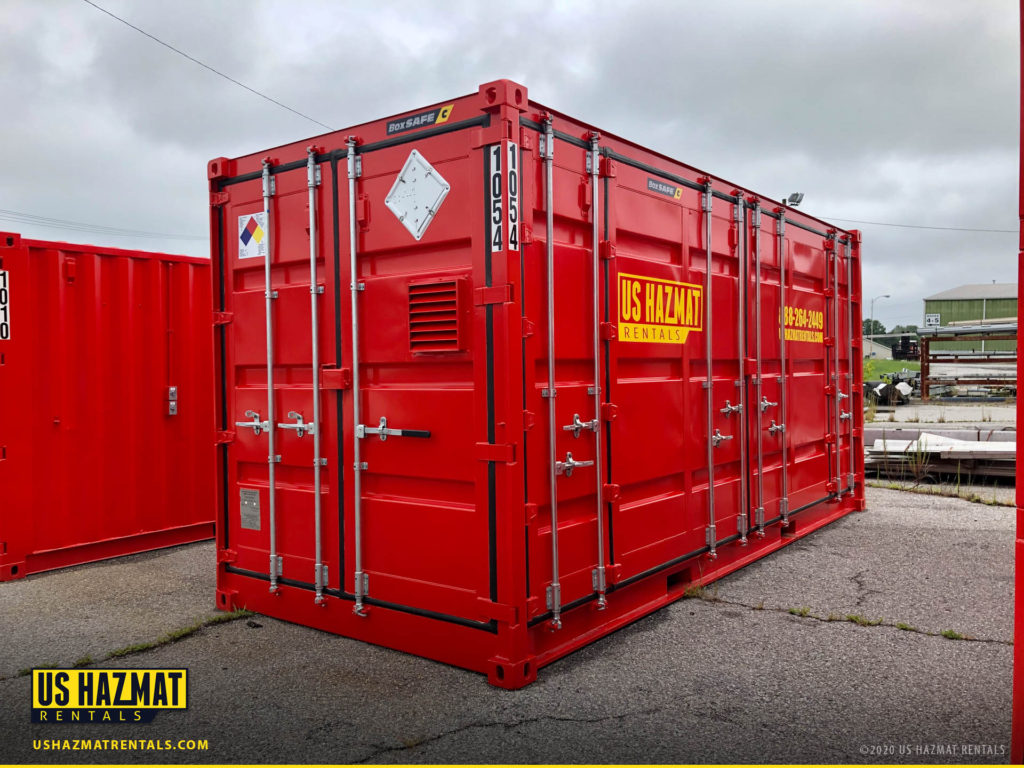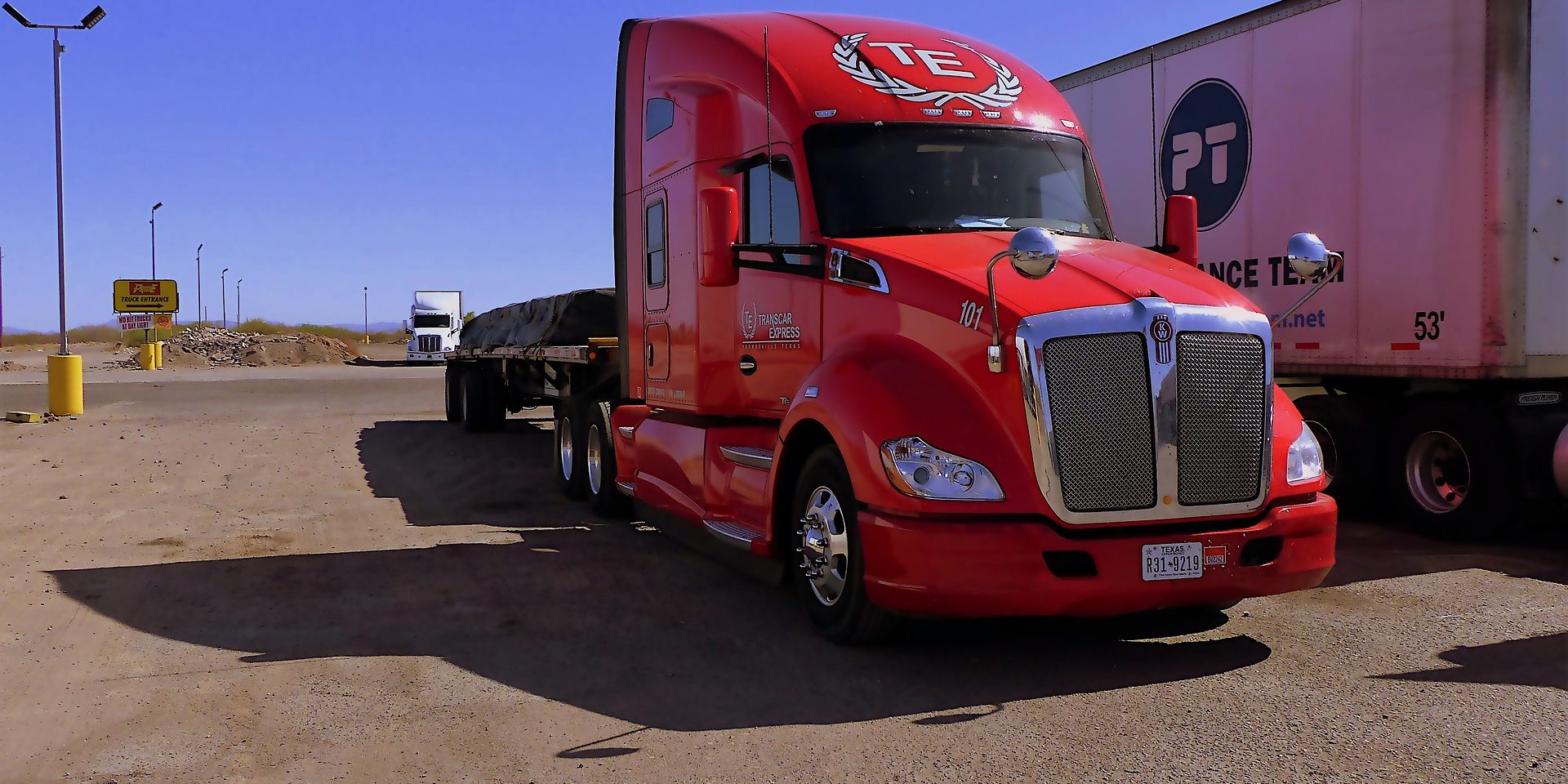Did you know that your company could be facing thousands of dollars in fines daily for simply mislabeling hazardous materials for transport? Logistics are a nightmare for most manufacturing operations. Complications from incoming and outgoing orders arise daily. Inventory procurement and making sure finished products are shipped on time can complicate already overstressed project managers. One missed order or delay in shipping can cost your company thousands of dollars. While logistical operators are understandably obsessed with keeping stock of necessary supplies, they could be overlooking the transport of dangerous chemicals. In effort to curtail the laissez faire mindset of complacent operations, the U.S. DOT is cracking down on Hazardous Materials Regulations violations. The maximum civil penalty for violations of a hazardous materials transportation law recently increased to $81,993 per day, per violation. As you can imagine, those fees can quickly add up.
When it comes to the transportation of hazardous chemicals, you should think of our roads and highways as our streams and rivers. We must exhibit extreme caution in adhering to the transportation of hazardous materials. One miniscule leak can pollute or contaminate an entire ecosystem. Our roads and highways are no different. Exposure to corrosive or flammable materials can result in more than just a simple traffic jam. Just last week, an accident involving a semi carrying uranium shut down a stretch of Interstate near Fayetteville, NC. Uranium is commonly used as nuclear fuel that helps generate electricity in nuclear power plants. It was nothing short of a miracle that these canisters of uranium remained sealed and no one was exposed. It’s not just federal fines and possible undue bodily harm that you have to worry about either. Let’s say you have a large and costly shipment of flammable paints that you need shipped to a recurring customer. In the excitement of procuring and shipping the materials to the customer and turn a profit, you might overlook crucial shipping details. If your shipping dossier is not prepared correctly, your courier may reject the shipping order wholesale, delaying the order. In the world of logistics, just one missed day in shipping can cost you thousands of dollars.
Fire-rated chemical storage lockers can mitigate logistical issues and unnecessary shipping costs

A U.S. Hazmat Rentals fire-rated storage locker can reduce logistical errors and possible hazmat fines by providing a safe, reliable and turnkey staging area for dangerous chemicals prior to shipping. While your engineers and foreman sort out necessary data sheets and checklists for shipping hazardous materials, these dangerous chemicals can be temporarily stored in a climate controlled and mechanically ventilated storage lockers. Many project managers make the mistake of simply storing these dangerous chemicals in the trailers of company transport trucks awaiting shipment. While it might make more sense to keep these dangerous chemicals in the same trailer that will provide eventual transport, this type of organizing and scheduling can stymie the efforts of your entire shipping department by tying up necessary resources and manpower. There’s also the possibility that these chemicals will be accidentally shipped without proper labeling while they sit the trailer awaiting transport. For the sake of staying organized, it would make much more sense to temporarily store hazardous materials in climate controlled fire-rated storage lockers so they can be properly labeled before loaded into a shipping container or transport trailer.
Fire-rated storage lockers also provide capabilities and safety features that shipping containers do not. Each U.S. Hazmat Rentals storage locker is outfitted with a continuous steel grated flooring system that sits upon a large sump. If dangerous chemicals were to escape or leak from drums, canisters or caged totes, the sump flooring system will collect this material until it can be safely removed by a hazardous materials response team. Explosion proof paneling and walls that are comprised of fire-rated material can prevent fires and explosion from impacting the vicinity. While we understand that a chemical storage locker is not the final destination for dangerous chemicals, it is a feasible stopgap and storage container for hazardous materials while logistical issues are resolved. Climate controlled storage locker containment also prevents these hazardous materials from taking up space in your warehouse or clogging your company’s day-to-day operations.






